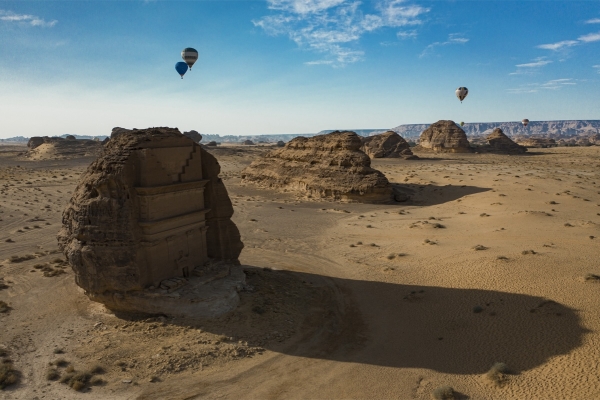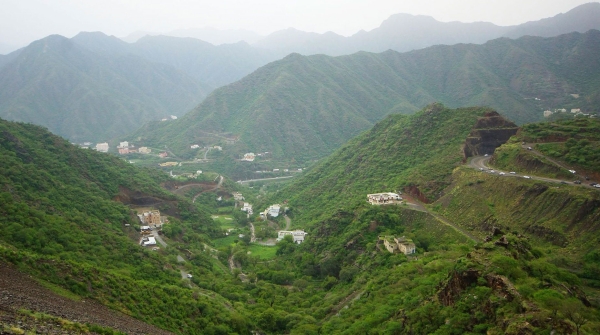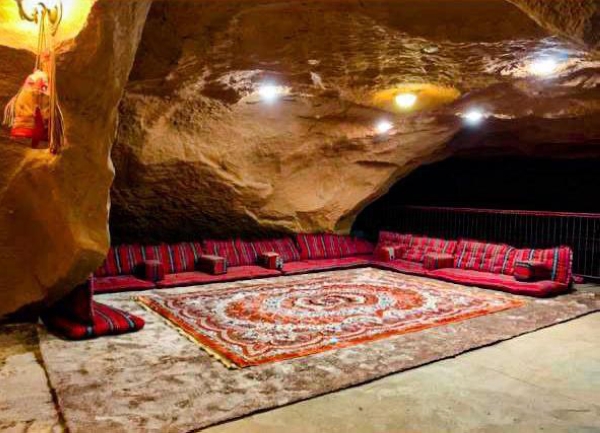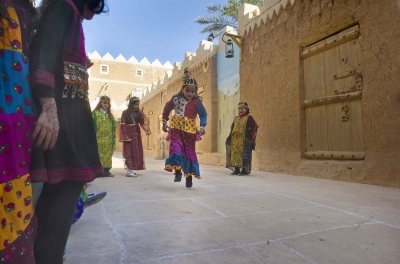


Road Trips in the Kingdom of Saudi Arabia are one of the key elements of domestic attraction, thanks to the Kingdom's vast landscapes, coastlines along the Red Sea and Arabian Gulf, towering mountain ranges, and diverse ecosystems.
Investment in road trip tourism in Saudi Arabia
Investment in the Kingdom’s tourism sector has directly contributed to increasing the tourism industry's share of the Gross Domestic Product (GDP) by more than 4 percent in 2023. The total number of domestic and international tourists surpassed 106 million, including 27.4 million international tourists, who collectively spent SAR250 billion. These achievements reflect the Kingdom's dedication to enhancing the tourism sector in alignment with Saudi Vision 2030.
Winter: Season for road trips in Saudi Arabia
Both nationals and tourists visiting the Kingdom prefer winter as a season for road trips because its weather conditions are ideal for such activities. The diverse geographical and climatic features of the Kingdom create a harmonious blend. For example, Hail Province, northwest of the Kingdom, is known for its picturesque terrains, valleys, plains, dunes, and mountain slopes, with winding valleys forming during the winter months.
These components attract trippers from inside and outside the province for road trips or what is locally known as “Qeela.” The trip starts with setting out to camp in several sites such as al-Ra'ila, Tawarn, al-Shoaibin, Jaw, Saha, Saneem, Aaniqah, al-Nahayid, Hayah, and al-Mukhtalif. They choose places that they enjoy with family or friends and spend the night there for several days, due to the region’s atmosphere and nature, which are attractive factors that help desert enthusiasts enjoy their trip in an atmosphere far from the hustle and bustle of cities.
Local and road supplies store owners are keen to ensure that all necessary camping requirements are readily available, including tents, imported firewood, carpets, generators, and tools for preparing coffee and tea. These trips also stimulate economic activity, benefiting gas stations, grocery stores, and specialized stores.
Tourist flow to the area impacts the purchasing power of productive families, who strive to offer traditional regional dishes that suit the atmosphere, such as Jareesh, Qursan, Hanini, Harees, Marqooq, Keubaibat Hail, etc.
Examples of road trips in Saudi Arabia
The journey from Harad, located south of al-Ahsa Governorate and known for its abundant natural resources, to al-Batha area on the highway near the Saudi-Emirati border is an enriching experience.
A tourist embarks on a unique journey while traveling to the highest peak in the Kingdom. The route from Abha to Rijal Alma leads to al-Sudah Mountains, the highest peak in the Kingdom. Along the way, the road winds through twelve sharp turns across a mountain range before arriving at the historic village of Rijal Alma.
The route from Jazan to al-Lith runs along the Red Sea coastline on one side, while endless forests and vast expanses of forests stretch out on the other, making it the longest land trip in the Kingdom. Al-Hada Expressway, connecting the mountainous city of Taif to Makkah al-Mukarramah, is an engineering marvel. Along the route, tourists experience a variety of natural landscapes, including the surrounding mountain range, known for its shift from hot desert climate to cold, foggy weather—one of Taif's signature features.
Al-Ula stands out as another mesmerizing destination for road trips, rich in culture, history, natural beauty, and more. Al-Ula is a living natural museum, brimming with historical sites preserved over centuries, rock formations, ancient dwellings, and archaeological landmarks shaped by nature. It boasts a human heritage dating back around two hundred thousand years, most of which remains unexplored.
Saudi Arabia's geology in figures
The Kingdom spans approximately 2 million km, accounting for nearly 70 percent of the Arabian Peninsula’s total area of 2.8 million km. The Kingdom is divided into thirteen administrative provinces, comprising 141 governorates and around 1,526 centers. The Eastern Province is the largest, covering about 540,000 km, which represents 27.6 percent of the Kingdom's total area.
Conversely, al-Baha is the smallest province, covering just 12,000 km, around 6 percent of the Kingdom’s area. Al-Ahsa, part of the Eastern Province, is the largest governorate, spanning around 375,000 km, which accounts for 69 percent of the province and includes large portions of ar-Rub' al-Khali (Empty Quarter).
In contrast, Fayfa, located in Jazan Province, is the smallest governorate, with an area of around 160 km. The Kingdom shares land borders with seven Arab countries: Jordan, Iraq, Kuwait, Qatar, the United Arab Emirates, Oman, and Yemen. The total length of these land borders is approximately 4,351 km.
The Kingdom’s longest land border is with the Republic of Yemen, stretching about 1,327 km, constituting around 29 percent of the Kingdom's total land borders. Meanwhile, the shortest land border is with Qatar, amounting to around eighty-six km.
Seven of the Kingdom's provinces share borders with neighboring countries. To the north, it is bordered by Tabuk, al-Jawf, the Northern Borders, and a part of the Eastern Province; to the east by the Eastern Province; to the south by parts of the Eastern Province, Najran, Aseer, and Jazan.
Related quizzes
Related articles


